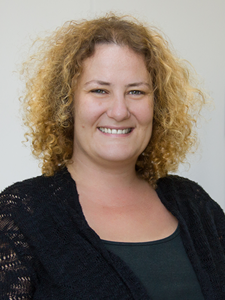
The application of extreme conditions such as pressure is a uniquely powerful tool to alter and control matter on an atomic level. It enables unique new material synthesis pathways for exotic new states of matter far from equilibrium, can yield the emergence of novel functional states under pressure or allow for insight into extreme conditions that exist inside planetary cores.
At the Shull Wollan Center, we boast a state-of-the art high pressure, high temperature laboratory. This laboratory supports high pressure experiments to several megabar (1 megabar = 100 GPa) in a pressure device called a diamond anvil cell. In situ characterization of behaviors while pressure is applied is possible with Raman spectroscopy in such a diamond cell. This application of high pressure can further be coupled with additional high temperatures up to several thousand K achieved with laser-heating. Finally, we support high pressure efforts at our neutron facilities to achieve similar high pressure and high/low temperature conditions also for neutrons. The facilities at SWC are available for long term users on a collaborative basis.
At SWC, our research directions are predominantly focused on quantum materials, materials’ synthesis and planetary sciences. Compared to temperature, pressure is an extremely clean tuning parameter. As such it is widely used in quantum materials’ sciences to access and understand new magnetic states. Furthermore, pressure allows synthesis of metastable states not possible with other techniques. These states typically possess unique functionality and can often be recovered to ambient conditions. Specifically, here at SWC our focus is centered on the synthesis of novel functional structures from amorphous precursors. Finally, understanding the interior of our own earth as well as other planetary bodies requires the application of extreme conditions to matter. Here, we focus on characterizing melt curves of materials such as iron or diamond which even nowadays are not fully determined and remain controversial.
Researchers

Neutron Scattering Scientist
ORNL Neutron Scattering Division
Recent Highlights
-
Neutrons – Hard Diamonds, High Pressures
Researchers at Oak Ridge National Laboratory’s Spallation Neutron Source have developed a diamond anvil pressure cell that will enable high-pressure science currently not possible at any other neutron source in the world. Continue Reading →
-
Bianca Haberl: Finding the Joys of Science Under Pressure
Scientific research can be vexing and tiring at times, but for Bianca Haberl, the euphoria of discovery is the ultimate reward. Continue Reading →